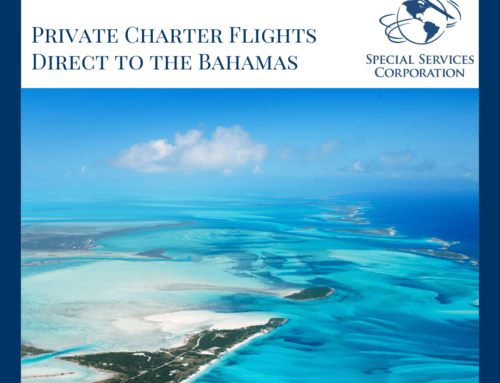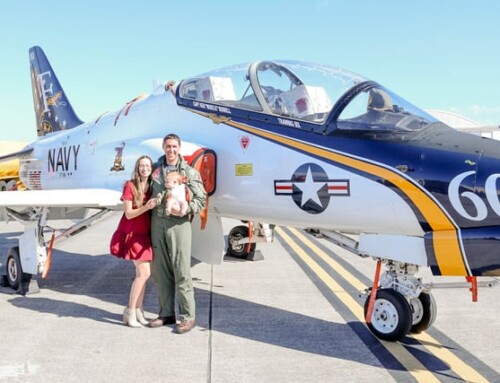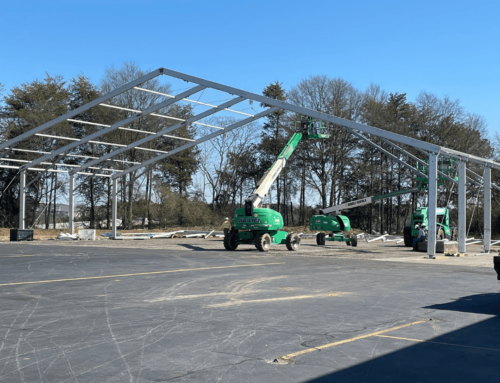What is your pilot’s name? What about the co-pilot? Do you know if they are married or single? More importantly, do you know where they were last night, or how much rest they received? I guarantee that if you ride the airlines, you have not idea what the answer is to any of those questions.
Are you willing to put your family, relatives and employees on an airline with no idea who is at the controls? Here is another question to think about. If you are on vacation, do you not try to get as much in as you can before you have to leave? Well, your pilot does the same thing when it comes to returning to work after his days off. The FAA requires pilots to have 10 hours of rest prior to returning to duty, but do you realize that the time traveling to work counts as part of that 10 hours? Let’s put it this way, the airline pilot is to come back on duty this morning at 10am, but he lives 7 hours from his home base and has to commute to work. He has a couple of options available to get to the airport but wants to make the most of his time off, so he catches the “red-eye” (flies all night) to get to his home base to be ready by 10. Is he rested and ready to fly after commuting all night? How would you feel after flying all night? Would you be rested and ready for work and most importantly, perform at the top of your game? Well, that is what the airlines expect their pilots to do and the FAA is fine with it. To give an example of how this fatigue can play into an actual flight, lets go back to a flight that took place in 2009 on Colgan Air, a subsidiary of Pinnacle Airlines based in Memphis, TN. The Bombardier Dash 8 was enroute from Newark, NJ to Buffalo, NY, when it crashed and killed all 49 on board and 1 on the ground in the house it hit. The pilot, like about 70 percent of the other Colgan pilots based at Newark, commuted on overnight flights from Seattle to Newark.  Once there, he decided he would try to get some sleep in the crew lounge, since he couldn’t afford a hotel room. That would be like you traveling all night and going in and trying to sleep in the offices waiting room. Now, am I saying that fatigue was 100 percent responsible for the accident? No, but the FAA found that it was a contributing factor and came out with new rules for the airlines to follow to help with this. The problem with the new rules is that they don’t address pilots commuting to work as part of their duty time. They continue to allow the pilot to make sure he does a self assessment to determine if he is fit and ready for flight. The pilot does have an out though, he can call in and tell his chief pilot that he is fatigued and can’t make the flight but rarely does that happen due to concerns he will lose his job.
Once there, he decided he would try to get some sleep in the crew lounge, since he couldn’t afford a hotel room. That would be like you traveling all night and going in and trying to sleep in the offices waiting room. Now, am I saying that fatigue was 100 percent responsible for the accident? No, but the FAA found that it was a contributing factor and came out with new rules for the airlines to follow to help with this. The problem with the new rules is that they don’t address pilots commuting to work as part of their duty time. They continue to allow the pilot to make sure he does a self assessment to determine if he is fit and ready for flight. The pilot does have an out though, he can call in and tell his chief pilot that he is fatigued and can’t make the flight but rarely does that happen due to concerns he will lose his job.
So, you then ask, how does charter differ from airlines? Do they not have required rest and duty times as well? The answer is that charter does differ from airlines in that most of the pilots live in the same town as their home base, or if not they are required to live within a two hour drive to home base. That is much less than the average 1000 miles the Colgan pilots were having to commute. The answer to the second question is yes, we are held to the same rest requirements as the airlines but again, living in the same town as home base makes it easy to get in and out of work. The main advantage to charter is still the fact that you can get the same crew most of the time, therefore getting to know the pilot on a first name basis. The best part about it is that the pilot gets to know each of you on a first name basis as well and knows what you like on board the airplane. His goal is not only to get you there safely but also spoil you while doing it.
So, if you want your family and employees to truly know who is flying them and what they did last night, you really need to give charter a chance. One try and I guarantee you will be hooked.
Eric Groves
Chief Operating Officer







Really?…. If you know each others first name it makes it a safer operation? 🙂
Majority of “charter operators” as with some 121 airlines stretch the rules and push their crews beyond their duty limits routinely for a Buck. More so in charter operations where rules are more relaxed and not enough FAA oversight is present. You take Mr. Rich to XYZ airport and hang around the FBO for hours to bring him back home the same day. There are no “dispatch oversight” required for charter operations. Therefor the pilots alone make most crucial operational decisions by themselves and there are no system of checks and balances in place. Heavens forbid if he grounds the aircraft for maintenance or weather problems, costing the company money! In most instances the “trouble making” pilot is fired not perhaps for this unforgivable sin but for another excuse like not having his shoes tied properly in front of the customer! There is usually no union protection for charter pilots to turn down an aircraft or calling fatigue. How many charter operators keep “Joe” the pilot after he calls in fatigued twice after working 28 days in a row without a day off?
Captain Ross “Rusty” Aimer
UAL Ret.
CEO
Aero Consulting Experts
Los Angeles, CA
Captain Rusty, I see you are a retired United guy. I’m recently furloughed for life Comair guy after 22 years and 7 months. I’ve been the guy sleeping on the couch. I’ve been the guy catching up on his sleep on a deadhead. I know many charter operators do use flight following. I am additionally aware of the pressure some charter and night freight operations put on their pilots to push them to fly beyond fatigued and with broken planes. I think each operation is unique and would be willing to take Mr. Groves at his word. I live in the Greenville area and know people who fly for Michelin and Milliken who have great schedules flying top-notch equipment. I think each operation has to be judged on its own record. I am not qualified to call Mr. Groves a liar. I would love to fly for a high quality charter outfit. I have no desire to fly for a passenger airline again.